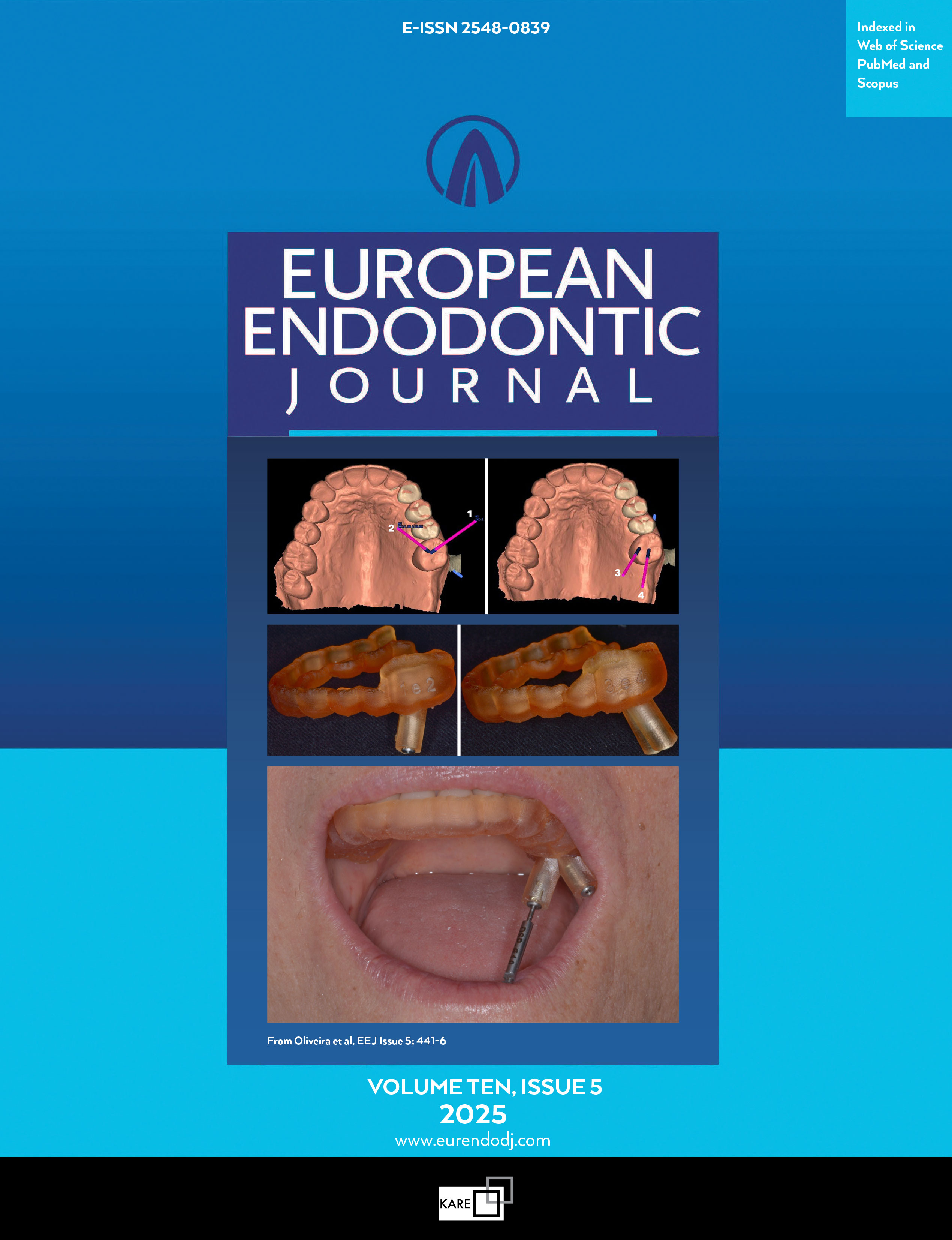Metrics
2024 IMPACT FACTOR
5 year Impact Factor
Eigenfactor Score
2024 CiteScore
Journal Citation Reports
(Clarivate 2025, JIF Rank)
The Paradigm of the Inflammatory Radicular Cyst: Biological Aspects to be Considered
Nestor Rios Osorio1, Javier Caviedes-Bucheli2, Lorenzo Mosquera-guevara1, Juan Sebastian Adames-martinez1, Daison Gomez-pinto1, Karin Jimenez-jimenez1, Helida Avendano Maz1, Sandra Bornacelly-mendoza11Department of Endodontics, Research Department COC- CICO, University Colleges of Colombia UNICOC, Bogota, Colombia2Department of Endodontics, School of Dentistry, Pontifical Xavierian University, Bogota, Colombia
Inflammatory radicular cysts (IRCs) are chronic lesions that follow the development of periapical granulomas (PGs). IRCs result from multiple inflammatory reactions led initially by several pro-inflammatory interleukins and growth factors that provoke the proliferation of epithelial cells derived from epithelial cell rests of Malassez present in the granulomatous tissue, followed by cyst formation and growth processes. Multiple
theories have been proposed to help explain the molecular process involved in the development of the IRC from a PG. However, although multiple studies have demonstrated the presence of epithelial cells in most PGs, it is still not fully understood why not all PGs turn into IRCs, even though both are stages of the same inflammatory phenomenon and receive the same antigenic stimulus. Histopathological examination is currently the diagnostic gold standard for differentiating IRCs from PGs. Although multiple studies have evaluated the accuracy of non-invasive or minimally invasive methods in assessing the histopathological nature of the AP before the intervention, these studies' results are still controversial. This narrative review addresses the biological insights into the complex molecular mechanisms of IRC formation and its histopathological features. In addition, the relevant inflammatory molecular mediators for IRC development and the accuracy of non-invasive or minimally invasive diagnostic approaches are summarised. (EEJ-2022-03-041)
Manuscript Language: English
(1661 downloaded)


